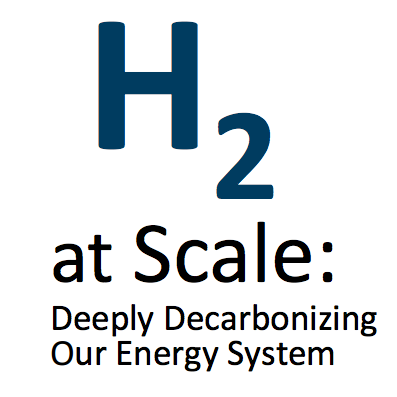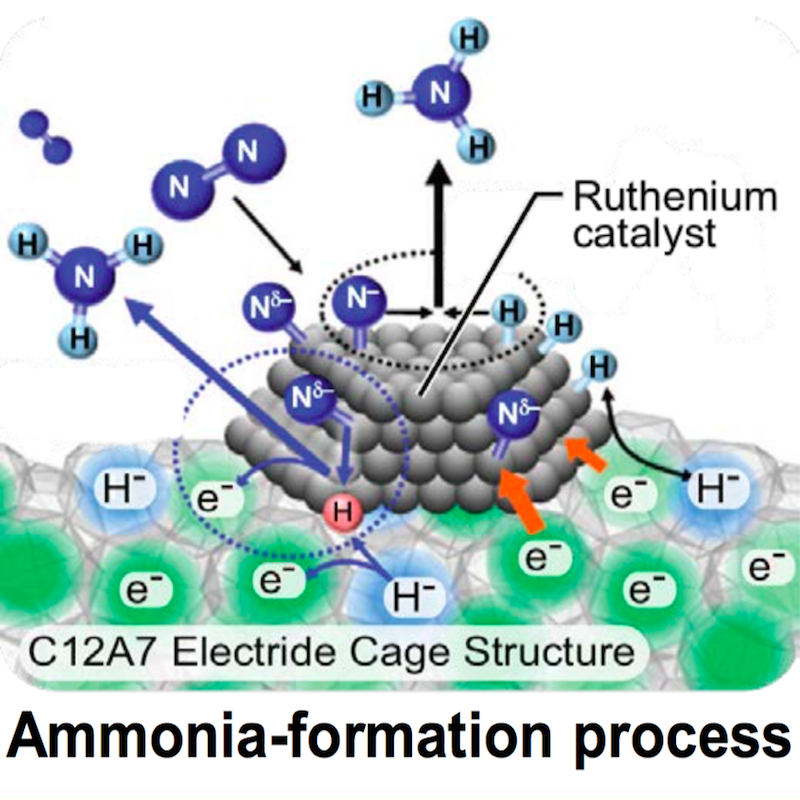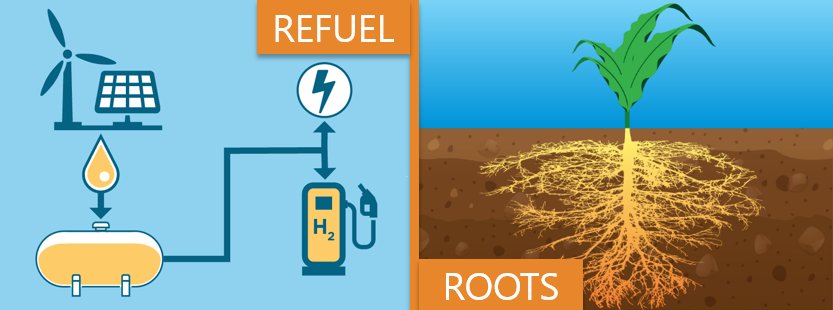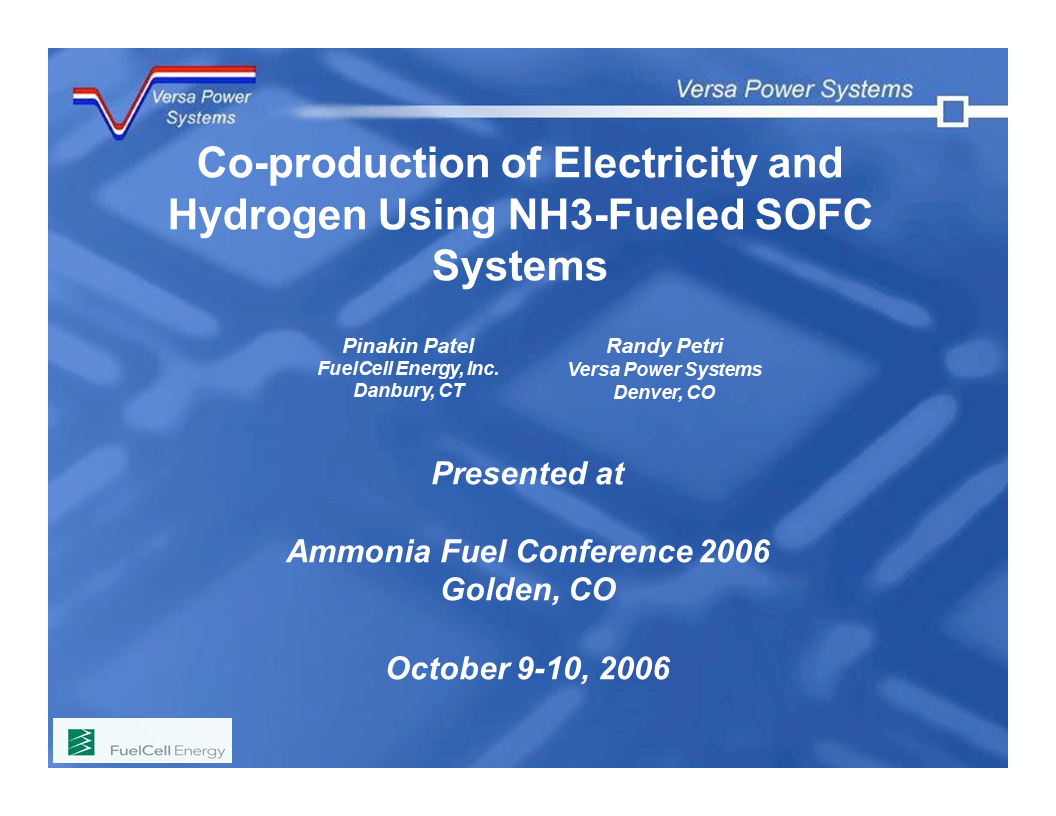Content Related to FuelCell Energy
Presentation
Energy Storage through Electrochemical Ammonia Synthesis Using Proton-Conducting Ceramics
Neal P. SullivanLiangzhu ZhuChuancheng DuanRyan O'HayreMax PisciottaLong LeCarolina Herradon HernandezMichelle ButlerCanan KarakayaRobert J. KeeFred JahnkeHossein Ghezel-Ayagh
In this presentation, we provide an overview of an ambitious project to store renewable energy through electrochemical synthesis of ammonia. The joint project between the Colorado School of Mines (Golden, CO) and FuelCell Energy, Inc. (Danbury, CT) is supported through the U.S. Department of Energy ARPA-E ‘REFUEL’ program. The research and development team seeks to harness the unique properties of proton-conducting ceramics to activate chemical and electrochemical reactions for efficient and cost-effective synthesis of ammonia. The system concept is shown in Figure 1; renewable electricity is used to drive electrolysis of the H2O feedstock to form hydrogen. This electrochemically produced…
Article
H2@Scale in California: A Role for Ammonia?
Stephen H. Crolius January 25, 2018
The U.S. Department of Energy H2@Scale program’s November 2017 workshop in California included mention of ammonia as a constituent of a future hydrogen economy. It also highlighted the relevance ammonia energy could have in California. California stands out globally as a large economy that is strongly committed to development of a hydrogen economy. The state’s strategy for hydrogen-powered transportation involves reducing the production cost of renewable hydrogen and the capital and operating costs of hydrogen fueling stations. It does not explicitly address the cost of intermediate hydrogen logistics. The question of cost is of utmost importance because California has so far put $120 million of public funds into hydrogen fueling stations and intends to invest an additional $20 million per year through 2022. The state’s aspiration is to move to a point where hydrogen that is used as a motor fuel is free of public subsidy. So it clearly behooves the state to investigate how ammonia could be used as a cost-reducing energy carrier. Toyota is active in California’s hydrogen movement and has announced plans to build a renewable hydrogen plant that will use cow manure as a feedstock. A project with a different conception, one that draws upon the solar and wind resources of the Mojave Desert to produce renewable hydrogen and logistically advantaged ammonia, would align better with the state’s sustainability objectives.
Article
Future Ammonia Technologies: Electrochemical (part 3)
Trevor Brown December 28, 2017
This series of articles on the future of ammonia synthesis began with a report on the NH3 Energy+ conference presentation by Grigorii Soloveichik, Program Director at the US Department of Energy's ARPA-E, who categorized the technologies as being either improvements on Haber-Bosch or electrochemical (with exceptions). ARPA-E invests in "transformational, high-risk, early-stage research," and recently began funding ammonia synthesis technologies, not to make renewable fertilizer but to produce "energy-dense zero-carbon liquid fuel." This article will introduce the six electrochemical technologies currently in development with funding from ARPA-E.
Article
REFUEL Ammonia Use-Side Funding Awards
Stephen H. Crolius December 23, 2016
Six of the projects designated for funding by the ARPA-E REFUEL announcement on December 15 involve technologies on the use side of the ammonia energy space. Three focus on generating hydrogen from ammonia. Two focus on fuel cells that convert ammonia to electricity. One project involves both ammonia synthesis and use.
Article
ARPA-E funding for renewable ammonia synthesis technologies
Trevor Brown December 23, 2016
Last week, ARPA-E announced funding for eight technologies that aim to make ammonia from renewable electricity, air, and water. The technological pathways being developed include adaptations of the Haber-Bosch process - seeking improvements in catalysts and absorbents - as well as novel electrochemical processes.
Presentation
Co-generation of Electricity and Hydrogen Using an Ammonia-SOFC System
Co-generation of Electricity and Hydrogen Using an Ammonia-SOFC System Pinakin Patel, Fuel Cell Energy Corporation and Randy Petri, Versa-Power Systems





